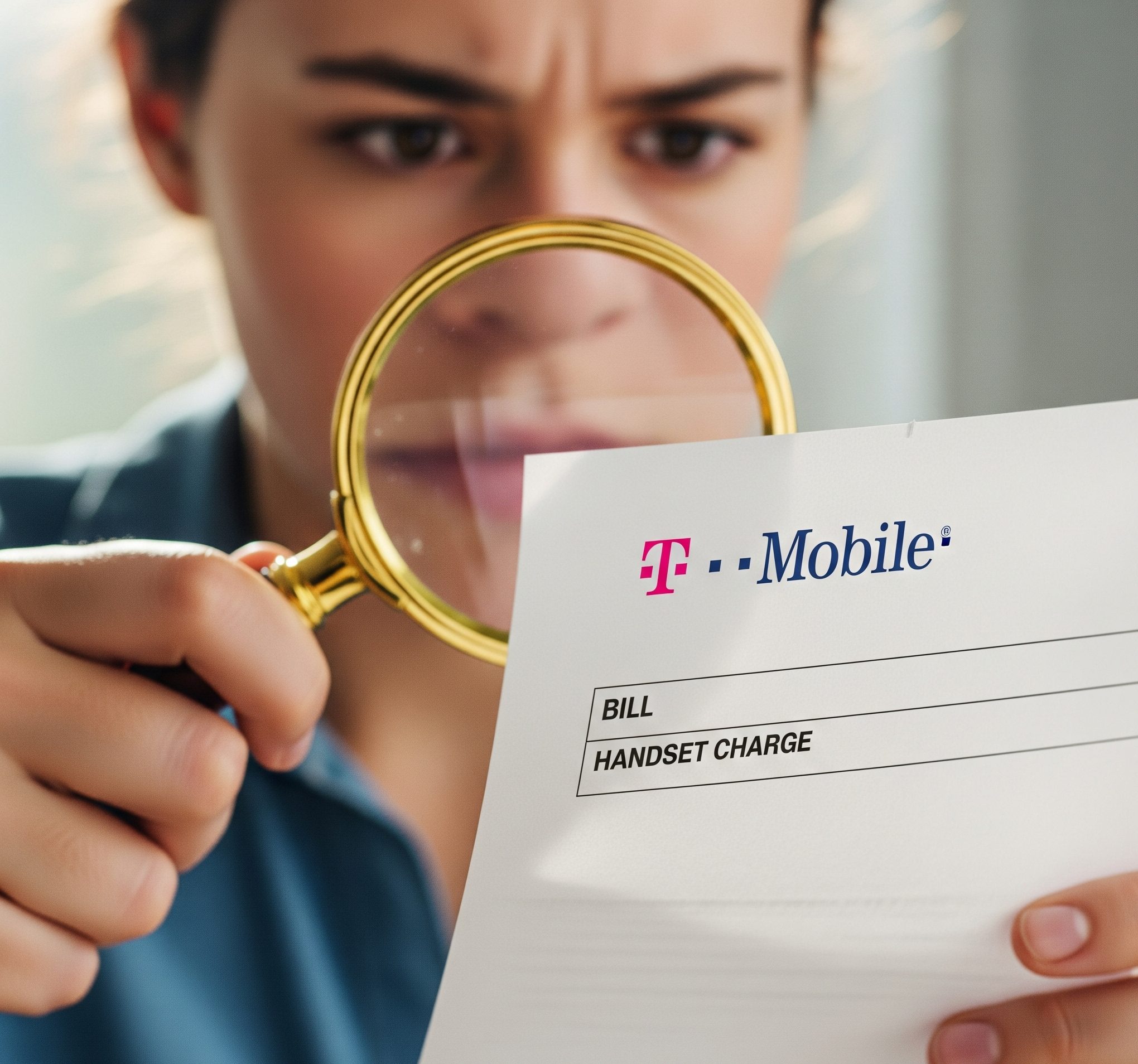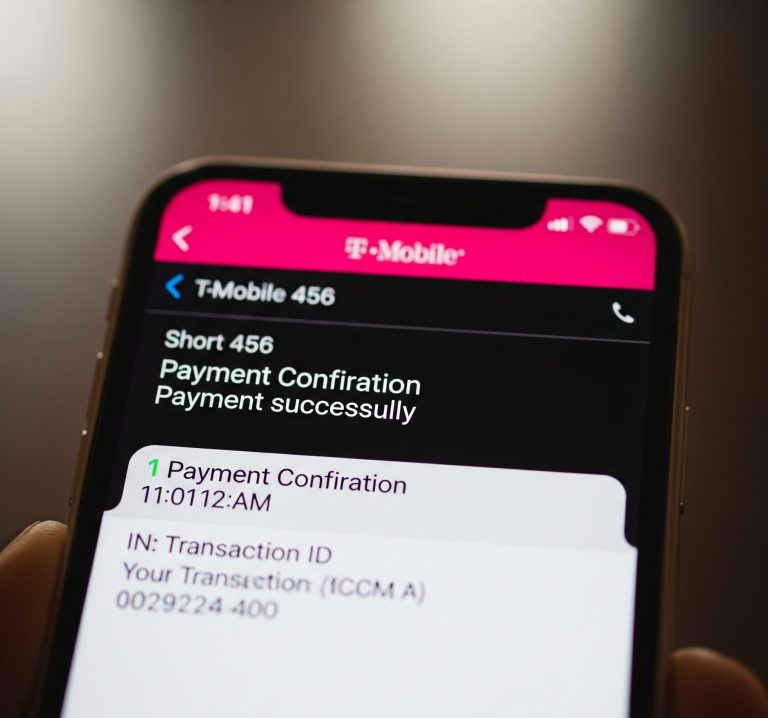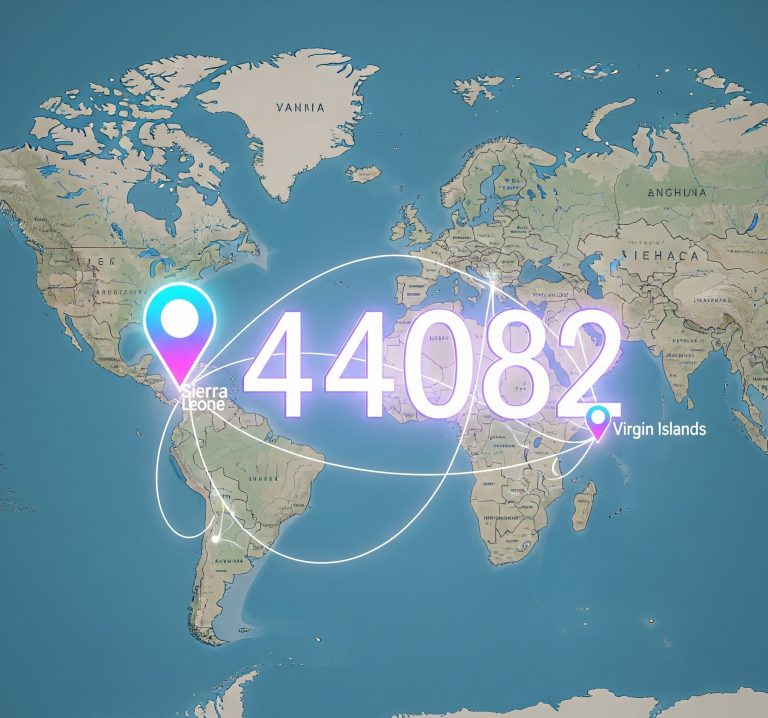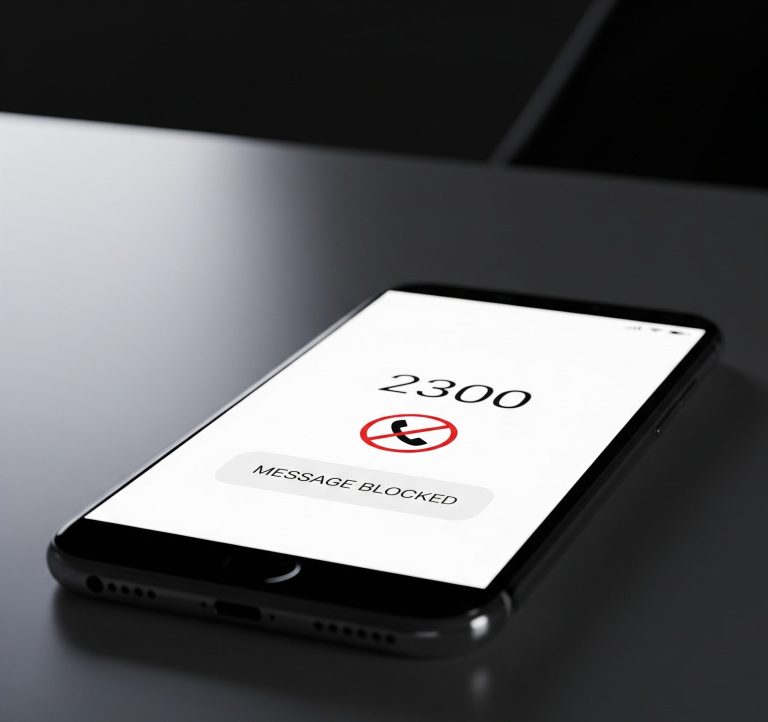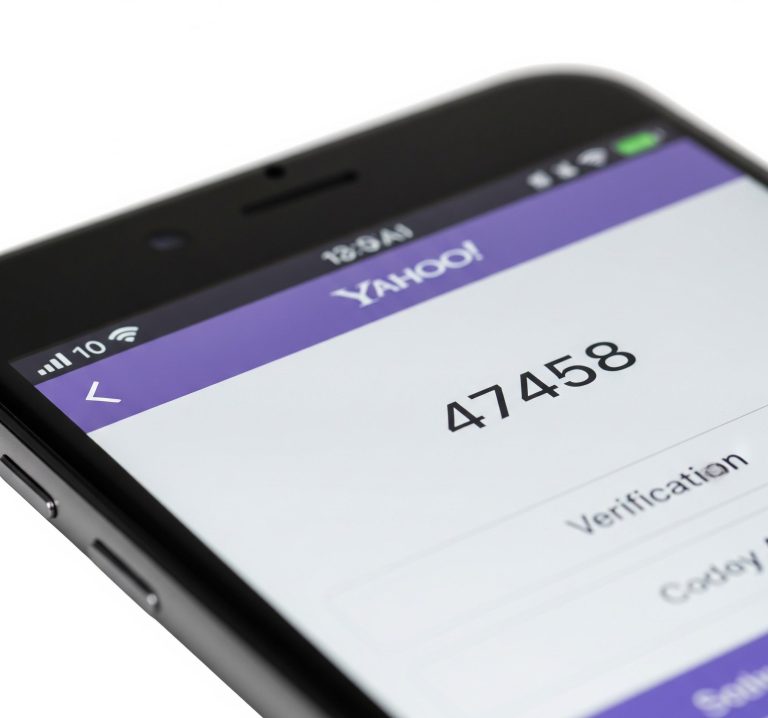In the dynamic world of mobile communications, understanding your monthly bill and all its associated charges can sometimes feel like navigating a maze. For T-Mobile customers across the United States, one term that frequently comes up is the T-Mobile handset charge. This charge isn’t always a straightforward upfront cost; rather, it often refers to various fees and financing arrangements related to acquiring a new phone. This article aims to break down the nuances of the T-Mobile handset charge, explaining what it entails, how it’s applied, and what consumers can expect when getting a new device with the Un-carrier.
Contents
The Core of the Handset Charge: Equipment Installment Plans (EIPs)
At the heart of how most T-Mobile customers acquire new smartphones lies the Equipment Installment Plan (EIP). Instead of paying the full retail price of a device upfront, an EIP allows you to spread the cost of your new phone over a set period, typically 24 months, through interest-free monthly payments. This is the primary component of what one might consider the ongoing T-Mobile handset charge for a device.
Here’s how EIPs generally work:
- Down Payment: Depending on your creditworthiness and the specific device you choose, you may be required to make an initial down payment at the time of purchase. This amount is due immediately and does not appear on your monthly T-Mobile bill. Making a larger down payment can reduce your subsequent monthly EIP payments.
- Monthly Installments: The remaining balance of the phone’s retail price is then divided into equal monthly installments. These payments are added to your regular T-Mobile bill each month. The key benefit here is that these installments are typically interest-free, meaning you’re only paying for the cost of the phone itself, without added financing charges.
- Term Length: Most EIPs are structured over 24 months. However, the exact duration can sometimes vary based on the device or specific promotions. It’s crucial to be aware that if you cancel your T-Mobile wireless service before the EIP is fully paid off, the remaining balance on your device usually becomes immediately due.
Beyond the Monthly Payment: Other Associated Charges
While the EIP makes up the bulk of the T-Mobile handset charge for a new device, there are other fees that consumers might encounter:
Device Connection Charge
When activating a new line of service or upgrading an existing device, T-Mobile generally applies a one-time “Device Connection Charge.” This fee, often around $35, is applied to most transactions involving a new device, including new line activations, upgrades, and even for various device types like phones, tablets, smartwatches, and hotspots. Historically, this fee was sometimes avoidable by purchasing online, but current policies often apply it more broadly, even to online transactions. This charge is separate from the EIP and is typically due at the time of sale.
Taxes on the Full Device Price
It’s important to remember that when you purchase a phone on an EIP, the sales tax is often calculated on the full retail price of the device at the time of purchase, not just on the down payment. This means you might pay a significant amount in sales tax upfront, even if you’re financing the phone. This is a common practice across many carriers in the US and is a notable upfront component of the overall T-Mobile handset charge.

Upgrade Fees and Programs
For those looking to upgrade their phones frequently, T-Mobile offers programs like JUMP! or JUMP! On Demand. These programs allow customers to upgrade to a new device sooner than the typical 24-month EIP cycle. However, they come with their own set of terms and conditions:
- JUMP! 2.0: This program typically allows you to upgrade your qualifying device once 50% of its cost has been paid off through your EIP. You then trade in your old device (which must be in good working order) and start a new EIP for your new phone. While it offers flexibility, it effectively means you’re continuously financing a device.
- Trade-in Promotions: T-Mobile frequently runs promotions where you can trade in an eligible old device to receive a credit towards a new phone. This credit can be applied as an upfront discount, towards your existing EIP balance, or as recurring bill credits over the term of a new EIP. The value of your trade-in depends on the device’s model and condition. While not a direct T-Mobile handset charge, these promotions significantly impact the net cost of a new device.
Understanding Your Bill: Where to Find Handset Charges
When reviewing your T-Mobile bill, the T-Mobile handset charge will primarily appear as your “Equipment Installment Plan” payment. The one-time Device Connection Charge will typically be listed as a separate line item in the billing cycle it was incurred. Any trade-in credits or promotional discounts related to a device will also be reflected, either as a one-time credit or as recurring monthly bill credits that reduce your EIP payment.
Tips for Managing Your T-Mobile Handset Charges
- Read the Fine Print: Before signing any agreement, carefully review the terms and conditions of your EIP and any promotional offers. Understand the total cost of the device, the monthly payments, the term length, and any associated fees.
- Consider Your Upgrade Cycle: If you like to upgrade frequently, explore T-Mobile’s JUMP! programs to see if they align with your needs. Otherwise, sticking to the standard EIP might be more cost-effective.
- Leverage Trade-ins: If you have an old device, always check its trade-in value with T-Mobile. This can significantly reduce the effective T-Mobile handset charge for your new phone.
- Monitor Promotions: T-Mobile regularly offers deals on devices, often involving bill credits for new lines or trade-ins. Keeping an eye on these promotions can help you get a new phone at a lower overall cost.
conclusion
the T-Mobile handset charge is not a single, static fee but rather a composite of various costs associated with acquiring and financing a mobile device. By understanding the components of the Equipment Installment Plan, the Device Connection Charge, and the options for upgrades and trade-ins, American consumers can make informed decisions and better manage their mobile expenses with T-Mobile.

